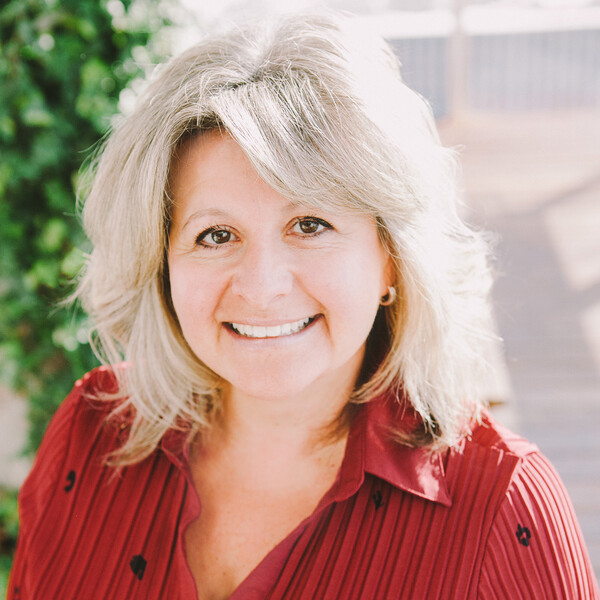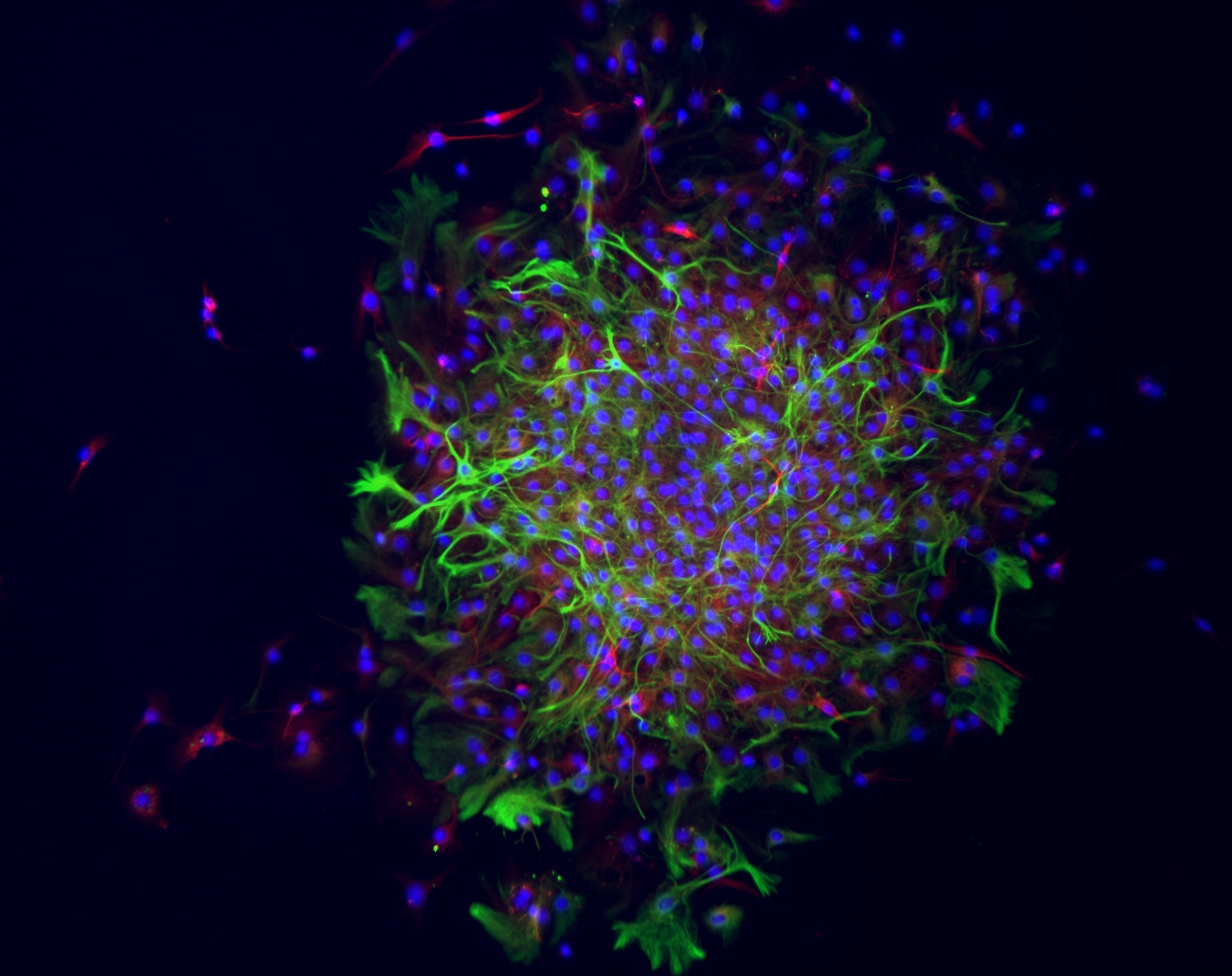Main Second Level Navigation
Cindi Morshead
PhD

Qualification
- University of Toronto. Research Fellow in Anatomy, 1999-2000.
- University of Calgary/University of Toronto, Research Fellow in Anatomy and Cell Biology, 1995-1998.
- University of Toronto, PhD in Neuroscience, 1994.
- University of Toronto, BA in Human Biology and Philosophy, 1986.
MY RESEARCH OVERVIEW (GO TO SCIENTIFIC OVERVIEW)
Promoting neural repair: The last frontier in regenerative medicine

If stem cells hold out the promise of becoming a biological tool kit, then it’s important we use the right tools for the job. My lab works to understand the fundamental biology as it relates to stem cells. For example, how does a cell become a particular cell type? How can we get resident stem cells in the brain to contribute to brain repair after injury or in neural degenerative disease? Through an understanding of the molecules and factors that activate stem cells, promote their survival and form specific cell types, scientists will be in an ideal position to apply this knowledge to repair injured, human tissue.
My group works primarily on neural stem cell biology, throughout development and into the aging brain, with the goal of treating of stroke, acquired brain injury (including cerebral palsy) and spinal cord injury. We employ cell transplantation paradigms as well as activate stem cells residing in the nervous system to promote self-repair. Towards this goal we are creating tools to promote stem cell migration to sites of injury. Our work has the very real potential to treat a number of neurodegenerative and injury states in the central nervous system. Regenerative medicine strategies will depend on the stem cell to treat injury and disease in the future.
The environment at the Donnelly Centre enables our group to utilize a number of different strategies in combination with stem cells to facilitate our end goal of neural regeneration. We have combined our expertise with tissue engineering strategies for the treatment of spinal cord injury as well as drug delivery systems for endogenous stem cell activation. All of this was made possible through the interactions facilitated by the Donnelly Centre. We have collaborated with tissue engineers from Molly Shoichet’s group and other stem cell biologists from Derek van der Kooy’s group. The Donnelly Centre is perfect for my work as there is a focus on treating disease and stem cell biology, both of which are prominent goals of my lab.
Visit Dr. Cindi Morshead's Discover Research profile to learn more.
SCIENTIFIC RESEARCH OVERVIEW
Current projects in the lab include:
1. Fundamental Biology of Neural Stem Cells – Characterization, Proliferation, Migration and Differentiation
In order to harness the potential of neural stem cells for the ultimate goal of regenerative medicine, it is essential to understand the mechanisms that regulate neural stem and progenitor cell behaviour. Both genetic and epigenetic factors have been shown to control cell fate decisions. We utilize imaging techniques to examine the behaviour of individual stem cells as they proliferate to form colonies and differentiate into specific neural cell types.
Most recently we have discovered a novel, rare population of neural stem cells that persist from development in the young and aged adult brains. These cells have markers of pluripotency, namely the expression of Oct4, and have the ability to integrate into the developing blastocyst. The existence of these “primitive neural stem cells” in the adult brain has redefined the adult neural stem cell lineage. We are interested in the potential of these cells to contribute to neural repair in models of disease and injury.
Our work has recently identified electric fields as an important regulator of cell migration and we have begun to use clinically relevant electric stimulation to promote the rapid and directed migration of both transplanted and endogenous neural precursors in the adult central nervous system. Our tissue culture assays and live cell imaging technology allow us to exquisitely control the microenvironment and, combined with novel approaches to modify gene expression, we strive to understand and regulate the fundamental behaviour of neural stem and progenitors cells with the goal of applying our findings to clinically relevant models of disease and injury models.
2. The promise of stem cells
The promise of using neural stem cells and their progeny to treat a variety of currently untreatable human diseases has received worldwide attention. In particular, work in animal models has shown that stem cells could potentially be used to treat patients suffering from disorders of the nervous system, such as stroke and spinal cord injury, conditions which are devastating to the patients, their families, and society as a whole. Our lab uses two approaches: (1) Transplantation of neural precursors and (2) activation of resident neural precursors in the brain and spinal cord.
Stem Cells to treat stroke
Transplantation: In collaboration with New World Laboratories, we are utilizing a population of directly reprogrammed neural precursor cells derived from somatic human cells. These cells are not genetically modified and have the potential to serve as an autologous source of cells for transplantation. We are exploring both the fundamental biology of these cells; their lineage potential and their use in stroke repair. In collaboration with Dr. Molly Shoichet’s group, we are building on some exciting findings in mouse models of stroke, combining our cell transplantation strategies with biomaterials to treat sensory motor stroke.
Endogenous Activation: Much of the attention in lab is in designing endogenous repair strategies with clinical application. We have done this in stroke models by focusing on (1) the use of FDA approved therapeutics including drug, small molecules and electrical stimulation. This includes collaborative efforts to design novel drug delivery paradigms in collaboration with Dr. Shoichet’s group. (2) Developing strategies that are relevant for use in aged brains – arguably the most clinically relevant population that suffer from stroke and (3) to examine the potential of our endogenous activation strategies to treat the cognitive impairment that results following stroke.
Stem cells and Spinal Cord Injury
Spinal cord injury is a devastating event with major social and economic implications. We are using a combination of strategies including tissue engineering and stem cell biology in an attempt to achieve functionally significant repair and regeneration in the transected spinal cord in a rat model. In collaboration with neurosurgeons and bioengineers we are combining our efforts to create devices that promote neural stem cell survival and differentiation thereby providing a condusive environment for axon regeneration following neurotrauma.
3. Stem cells to treat brain injury in children
Each year over 140,000 children and teenagers suffer a brain injury due to trauma, stroke, cerebral palsy, and brain cancer. Children are often left with permanent physical, psychological, and neurological problems. Currently there are no effective medical therapies to help brain recovery and reduce disability following an acquired brain injury. We are interested in applying our stem cell activation strategies, including drugs, exercise and rehabilitation, to encourage brain repair after an injury.
SELECT PUBLICATIONS
Transplantation of human directly reprogrammed neural precursors increased synaptophysin expression and functional recovery. Vonderwalde I, Azimi A, Rolvink G, Ahlfors J-E, Shoichet MS, Morshead CM. (2019) Translational Stroke Research, 11(1):93-107.
